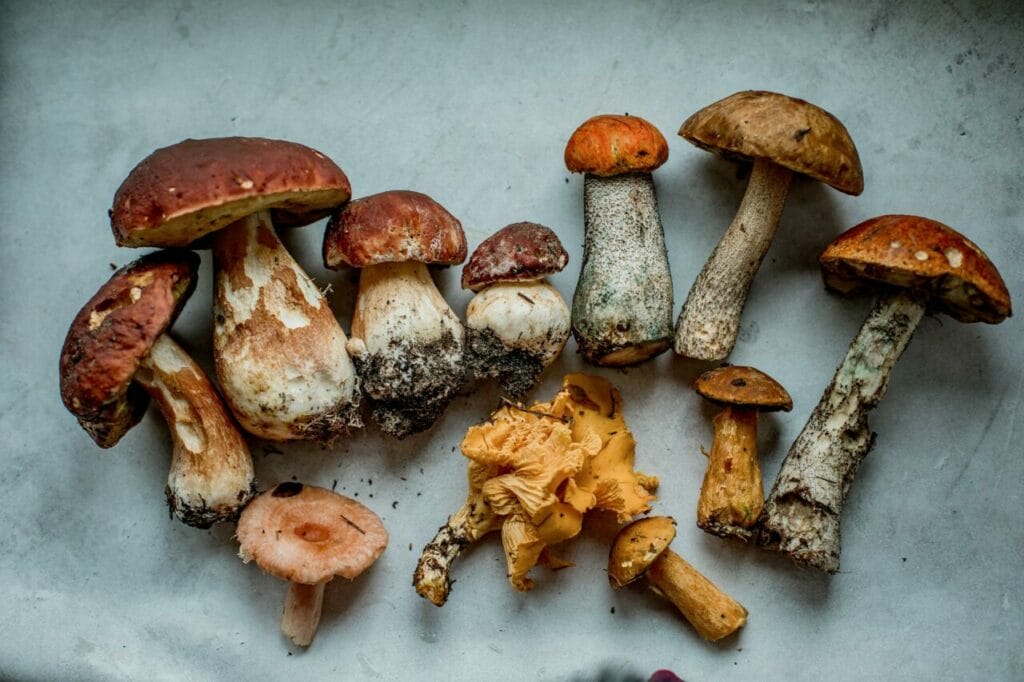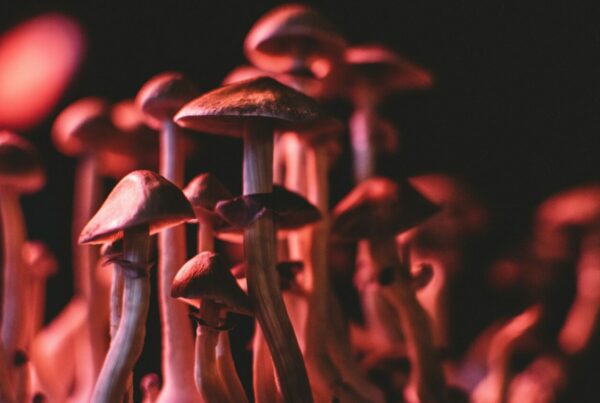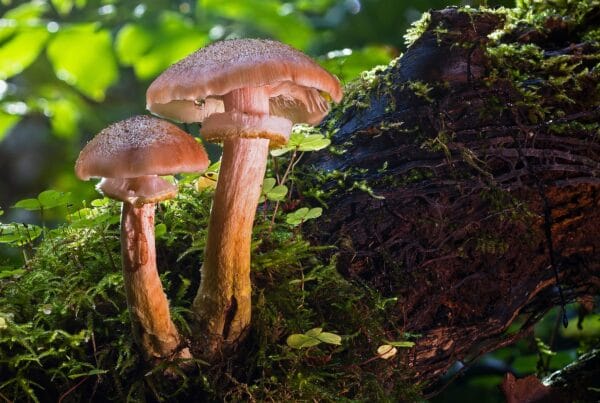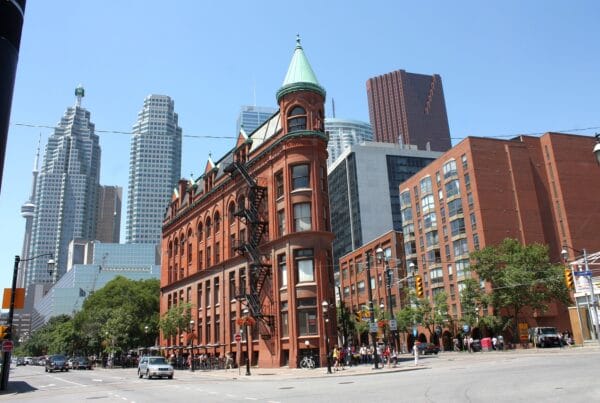Standard anxiety treatment often involves medication and therapy. However, due to potential side effects, these methods may not work for everyone. This has led to growing interest in alternate solutions like psychedelic therapy, which employs substances such as “magic mushrooms Montreal” and others.
Welcome to your premier destination for purchasing psychedelics online in Canada. We provide quick, secure, and discreet services.
[toc]Key Points:
- Psychedelic therapy combines the healing properties of psychedelic substances with traditional talk therapy, facilitating the healing process.
- Through spiritual journeys, psychedelic therapy can enhance emotional well-being and improve overall life quality.
- The integration process is an essential element of psychedelic therapy, aimed at ensuring the therapy session’s long-term effectiveness.

Statistics on Anxiety Disorders in Canada
According to the 2022 Mental Health and Access to Care Survey, there is a concerning increase in anxiety disorder prevalence in Canada. The percentage of Canadians aged 15 and older diagnosed with generalized anxiety disorder in the 12 months before the survey has risen from 2.6% in 2012 to 5.2% in 2022.
Contrasting Traditional Treatment with Psychedelic Therapy
Typical treatments for anxiety disorders generally involve a combination of psychotherapy and medication. Psychotherapy, also known as psychological counselling, is a collaborative process between a therapist and the patient to mitigate anxiety symptoms.
On the other hand, anxiety medications relieve symptoms by tailoring treatment to the specific type of anxiety disorder and considering any co-occurring mental or physical health issues. While treatment may differ based on individual circumstances, psychotherapy and medication are the primary strategies.
In psychedelic therapy, sessions are unique as they include one or two doses of a psychedelic substance, along with other therapeutic
Techniques:
Therapy Using Psychedelics
Psychedelic therapy employs the advantageous effects of psychedelic substances to enhance the healing process. These substances, known for their hallucinogenic properties, have been used in holistic healing and spiritual rituals across various cultures for millennia.
The primary substances used in this therapeutic approach are Lysergic acid diethylamide (LSD) and psilocybin. LSD induces alterations in mood, perception, and consciousness. Psilocybin, according to the Health Canada website, is the active ingredient in magic mushrooms. Consuming these mushrooms can induce sensory perceptions, such as visual, auditory, or tactile hallucinations.
Dosage Guidelines for Three Sessions
In psychedelic therapy, professionals assess patients to determine the appropriate psilocybin dosage for their sessions. Dosages vary, with some patients beginning with moderate amounts, while others can handle larger quantities. The treatment plan usually consists of one to three sessions, each lasting between six to eight hours and spaced out over several weeks. This is unlike traditional medications that require daily use until a healthcare provider advises otherwise.
Spiritual and Transformative Experiences
Unlike anxiety medications that primarily manage symptoms, therapy aims to address the root causes of the disorder. Psychedelic therapy has the potential to significantly impact emotional health and overall life quality.
The immersive experiences can lead to profound revelations, enhanced self-awareness, and better emotional processing. These effects can promote personal development, encourage positive behavioural changes, and improve overall mental well-being.
Outcomes
| Expanded Consciousness | Altered states of consciousness can offer a new viewpoint of the world. | Such enhanced awareness often leads to:Deep insightsEpiphaniesImproved understanding of oneself and surroundings |
| Emotional Healing | Facilitates emotional healing by providing an opportunity to face and process unresolved trauma, grief, or emotional distress. | The process helps in:Unearthing deeply suppressed emotionsReleasing emotional blockagesFostering emotional well-being |
| Increased Self-Awareness | Enhances connectivity among sensory brain regions while decreasing connectivity within the default mode network. This network integrates interconnected brain regions that deal with self-centered thinking and subjective self-perception.” | These regions collaborate to: Transform negative thought patterns, beliefs, and habitual behaviours. Empower users to gain profound insights into their authentic selves, motivations, and interpersonal interactions. |
Somatic Therapy
Somatic therapy, though not traditionally linked with psychedelic therapy, is earning recognition for its potential benefits. This approach, which focuses on the body, delves into the connection between the mind and body. It is based on the belief that past traumas can result in sensations being trapped within the body. Somatic therapists help individuals identify these bodily sensations and use therapeutic methods to alleviate this tension.
Integration
Integration allows clients to attain clarity, gain perspective, and derive wisdom from their psychedelic experiences. The transformative process occurs during integration sessions with the therapist and through the client’s proactive involvement outside of psychedelic explorations. By actively engaging with uncovered insights and emotional revelations, integration enhances the transformative effects of psychedelics.
Types of Integration
- Journaling. Documenting experiences helps individuals solidify memories for easier future retrieval. It also enables clients to examine their experiences from various perspectives to discover different interpretations, meanings, and connections.
- Art. Art provides an efficient way to capture the complex emotions and feelings of a psychedelic journey in a creative and visual manner.
- Practicing Nature-based Approaches. These methods can be as simple as taking mindful walks in the forest or seeking tranquility near a peaceful body of water. Therapists can help clients recognize intricate patterns in nature or suggest using natural elements like plants, stones, water, and candles as grounding tools.
- Engaging in Integration Groups. Group sessions with individuals who have had similar experiences offer a valuable opportunity for reflection, support, and connection. The capacity of psychedelic therapy to foster a sense of interdependence and shared understanding beyond individual limits is fundamental.
The Role of These Techniques in Anxiety Treatment
The underlying pharmacological principle for all psychedelics is their ability to act as agonists, or activators, of serotonin (5-HT) 2A receptor. One significant area of psychedelic research investigates their influence on the brain’s default mode network. This network is prominently related to repetitive thoughts and has been connected to conditions such as depression and anxiety disorders. Treatment can significantly reduce anxiety levels, with outcomes lasting up to 12 months after treatment.
After a psilocybin session, often involving profound spiritual experiences, the patient enters into a dialogue with their therapist. In these conversational therapy sessions, professional healthcare providers strive to actively listen to the patient. They also employ particular practices and techniques to enhance the positive effects of the treatment.
These techniques, working together, assist those with anxiety in achieving enduring relief in fewer sessions compared to traditional treatments.
Change Your World, One Session at a Time
Many people rely on traditional treatments for anxiety, but these do not work for everyone. Psychedelic therapy offers an alternative, employing unique methods that can spark profound experiences. These techniques work in harmony to produce significant, lasting results—sometimes for up to a year after just one to three sessions.
Beyond improving mental health, this therapy could also offer considerable cost savings for patients. Ready to discover a new path to wellness? Uncover the potential of psychedelic therapy with Psychedelic Canada.
Commonly Asked Questions
Is there a specific kind of magic mushroom used for psychedelic therapy?
In studies of psychedelic-assisted therapy, it’s common to overlook the specification of the type of mushroom used. Psilocybe cubensis is typically the preferred choice.
Online magic mushroom stores offer a variety of strains to suit different tastes. You have the freedom to choose any strain to experience the therapeutic benefits of psychedelics. However, proceed with caution and choose a reputable vendor to avoid purchasing unsafe magic mushrooms from dishonest sources.
What is the duration of psychedelic therapy?
Psychedelic therapy includes multiple stages and its length can differ. A single session where the psychedelic is taken lasts between 4 to 8 hours. The entire therapeutic process, which includes preparation, the session itself, and follow-up conversations, can span a few weeks to several months.
When it comes to lasting effects, individuals often report improvements in their mental health for several months or even up to a year after the therapy.
After just a year or a handful of sessions, noticeable changes can occur.These transformations include a few sessions.
Does the therapist guide the patient on their spiritual journey?
During this process, professionals such as therapists or other staff can help guide the patient. Studies have shown that Spiritual Health Practitioners (SHPs) offer unique and important contributions that improve participant wellness and support their progress during their spiritual journey. Some individuals choose to work with an SHP, while others rely on the therapist or specialist available to them.
Is the concept of “set and setting” integrated into psychedelic therapy?
Yes, the person’s mindset (set) and the physical environment (setting) are both essential for safely facilitating spiritual experiences during a psychedelic therapy session. The person’s mental state influences their spiritual journey, affecting the experience before and during the psychedelic session. Factors such as beliefs, expectations, emotional states, and intentions determine the direction and depth of the experience.
Primary Source: Psychedelics as Emerging Treatments for Anxiety Disorders: Opportunities and Challenges in a Budding Field – PMC (nih.gov)
About the Authors:
Franklin King, IV, MD. and Rebecca Hammond, M.D.
Related Articles:





